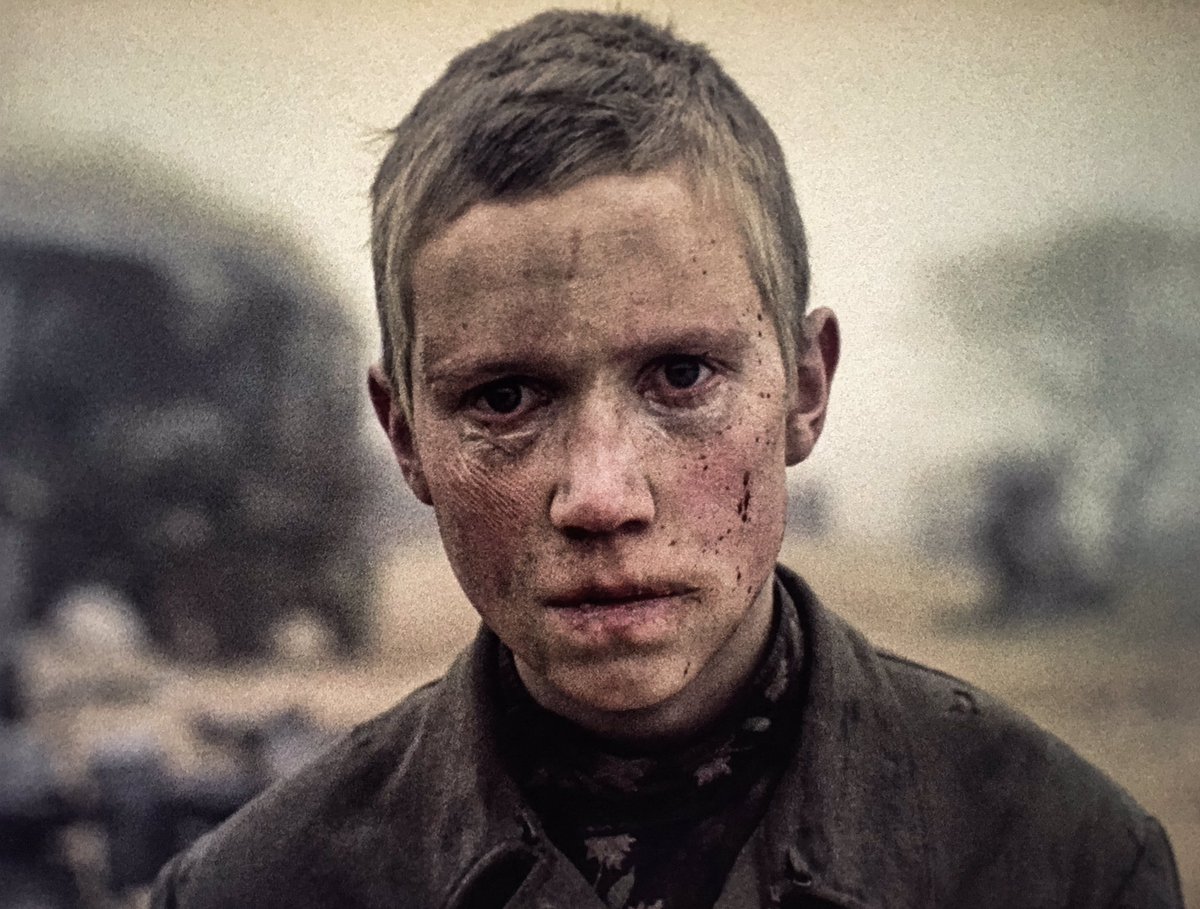
Steven Spielberg’s 1998 epic war drama “Saving Private Ryan” is known as a film that shakes its audience by using editing and storytelling in a realistic way. It sucks you into the battlefield with great performances from a stellar cast, yet it also shows you hope within the savagery of war. Written by Robert Rodat, “Saving Private Ryan” details one perspective of World War II.
The plot, which develops around searching for Private James Francis Ryan (Matt Damon), is the core of this film as it represents the unseen and untold parts of war. Indeed, it’s this realistic representation that makes “Saving Private Ryan” one of the best war films in the history of cinema. If you’re one of those people who enjoyed it, take a look at these 10 films we’ve compiled for you.
1. Germania anno zero – Germany Year Zero (1948)
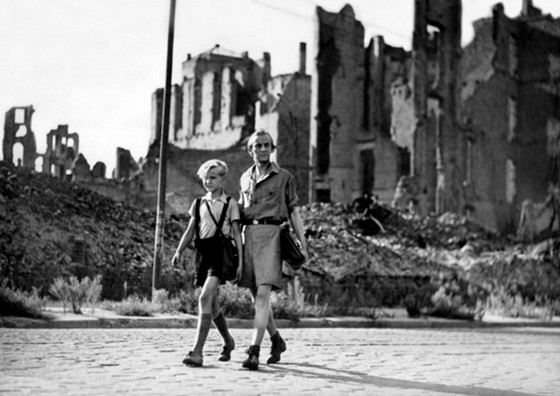
“Germany Year Zero” is the last installment of director Roberto Rossellini’s war trilogy. After the first part of the trilogy “Roma, Città Aperta”, put its stamp on cinema history as the first example of Italian New Realism, “Germany Year Zero” stands as a continuation of the same wave.
The story begins in Berlin, a city in ruins after what World War II has brought. Edmund (Edmund Moeschke) is a young boy who is trying to look after his bedridden father, his brother in a shelter, and his sister who is spending the night with various soldiers. He is the representation of the destruction of war in such a clear way as he tries his all to find money and food for his family throughout the film.
Although it is not the easiest film to get through, “Germany Year Zero” is a film that shows how a war can affect people’s demeanors toward each other in a realistic manner.
2. Ningen no jôken – The Human Condition I: No Greater Love (1959)
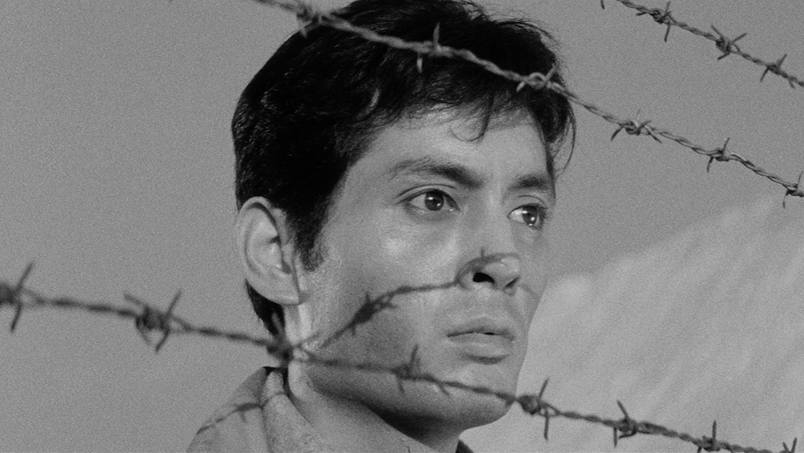
Adapted from Junpei Gomikawa’s six-volume novel, this film is the first part of a 10-hour film series called “The Human Condition” (filmed between 1959 to 1961), and is directed by Masaki Kobayashi. Revolutionary for its time, “The Human Condition” holds the record of being the longest fictional film ever made.
“No Greater Love”, made in 1959, is the first part of this epic war drama. Tatsuya Nakadai plays the character of Kaji, a pacifist and socialist who lives in World War II era Japan. Trapped between his obligations and humanistic ideals, Kaji starts working as a labor supervisor in a prison in Japanese-colonized Manchuria after he moves away with his wife Michiko (Michiyo Aratama). One day, he finds himself inside the war when he gets blamed for the escape of Chinese prisoners.
3. Csillagosok, katonák – The Red and the White (1967)
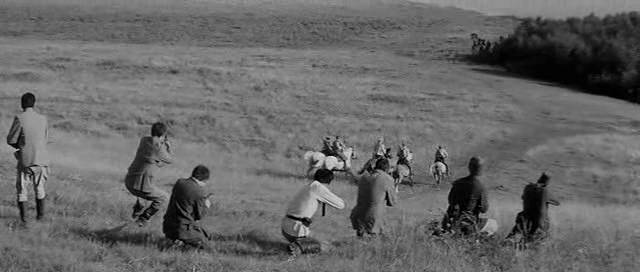
Co-produced by Hungary and Russia and written and directed by Miklós Jancsó, this film is an epic telling of the Russian Civil War in 1919.
The distinction between Communist ‘Red’ soldiers versus Tsarist ‘Whites’ is shown in such a realistic manner that the film ended up being banned in Russia because of the controversy it created in its time.
“The Red and the White” also deals with what was happening behind the curtains by showing the emotional state of people during the war, and the ambition and greed it brings is wonderfully reflected on the big screen by József Madaras’ performance as the lead.
Although it was supposed to compete at the Cannes Film Festival in 1968, due to the cancellation of the festival, “The Red and the White” wasn’t able to get the recognition it truly deserved.
4. Voskhozhdenie – The Ascent (1977)
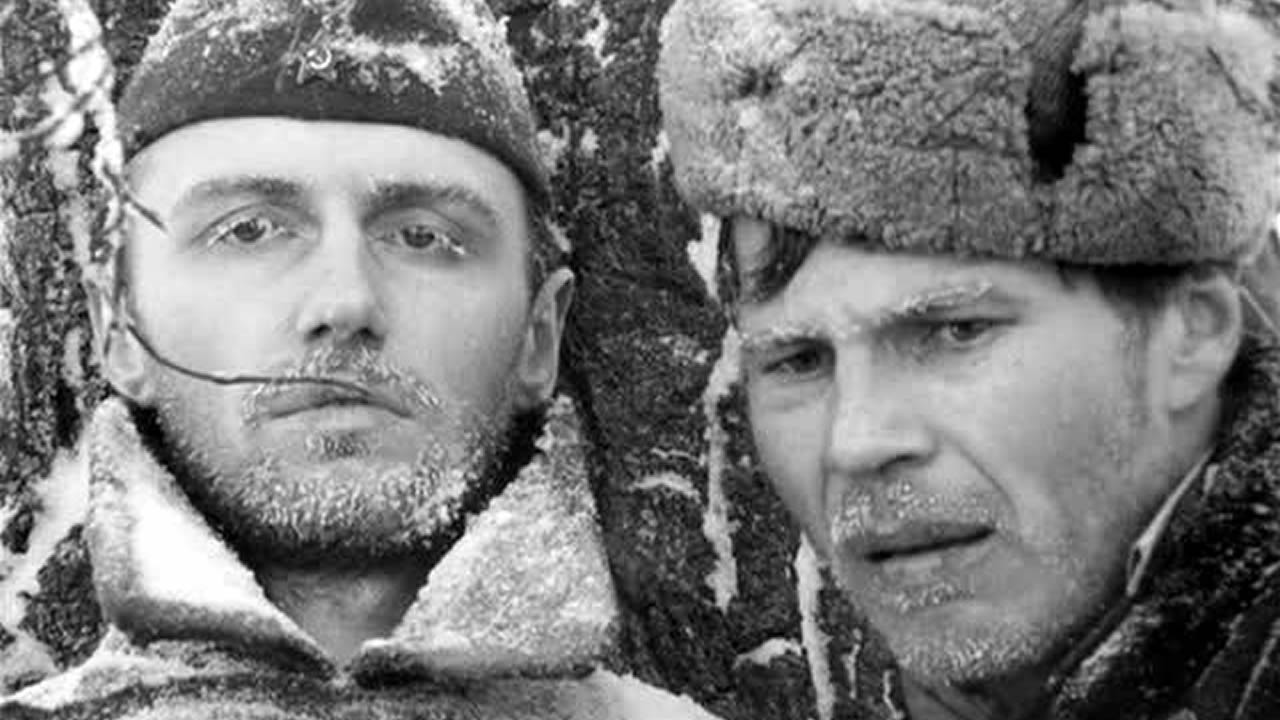
Based on the short novel “Sotnikov” by Vasil Bykaŭ, “The Ascent” is a 1977 Soviet film written by Yuri Klepikov and directed by Larisa Shepitko. Awarded with Golden Bear at the 1977 Berlin International Film Festival, “The Ascent” is also known as director Shepitko’s masterpiece, and built her reputation as a pioneer of Soviet New Wave cinema.
In the film, we see a group of civilians and Russian partisans who are trying to run away from the Germans. A duo of the strong and experienced Rybak, accompanied by the young and sickly Sotnikov, try their best to find food for their group, struggling through the cold, fatigue, and enemy attacks going on in Belarus. However, their pursuit is precluded when they are captured by German soldiers.
5. Das Boot (1981)
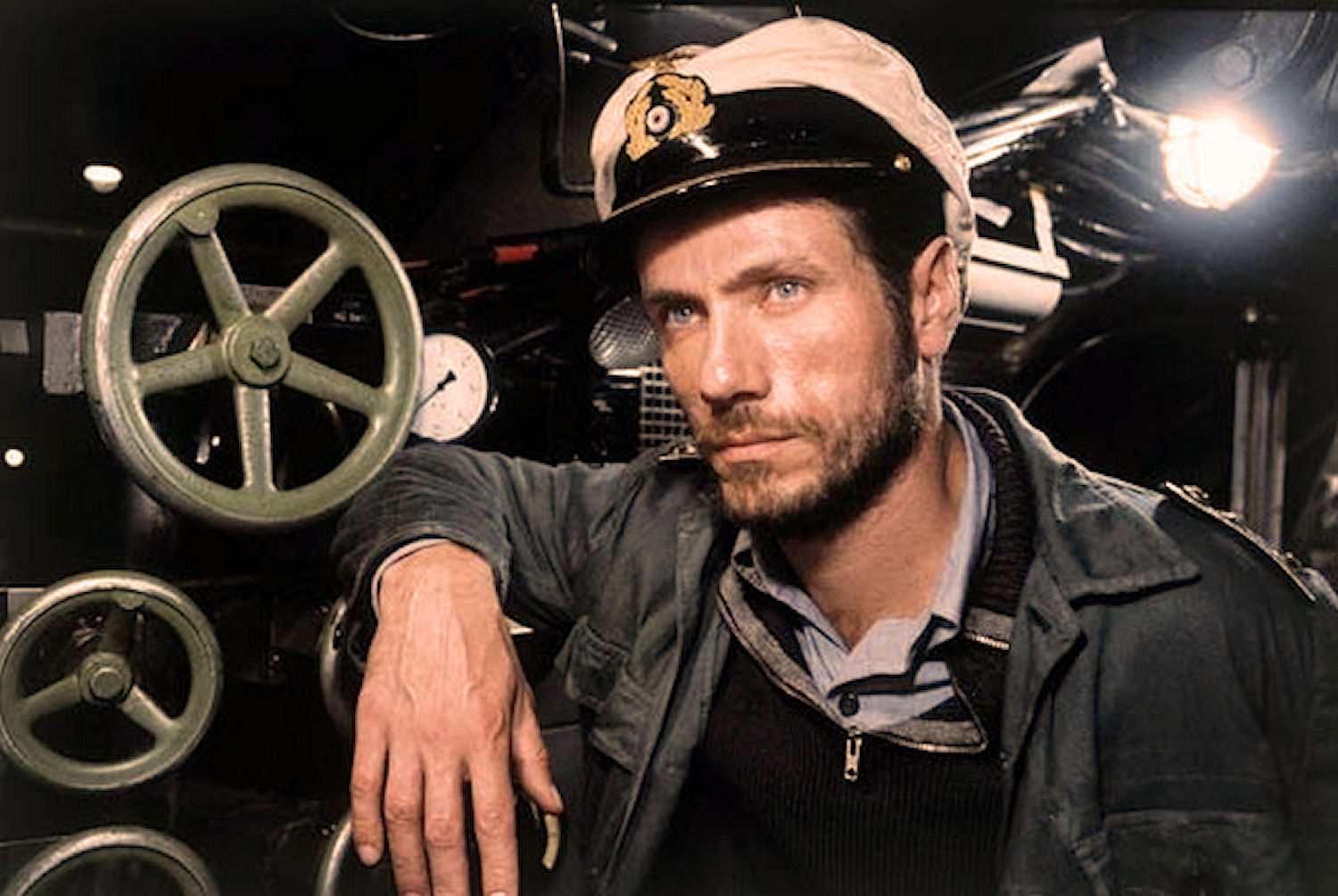
Writer/director Wolfgang Peters chose a constricted and narrow submarine as the single location for his epic war film “Das Boot”. Nominated for six Academy Awards and a Golden Globe for Best Foreign Film in 1982, the whole film takes place in a U-boat sailing through the Atlantic Ocean with the goal of sinking English commerce ships during the most conflicting time of World War II.
“Das Boot” not only uses the advantage of being based on a book by showing the hope and hopelessness of war with a variety of characters, but it also draws from various genres, such as comedy, thriller, and drama, which makes it one of a kind. Despite its lengthy running time and claustrophobic location, you feel like a part of the crew thanks to its impressive editing.